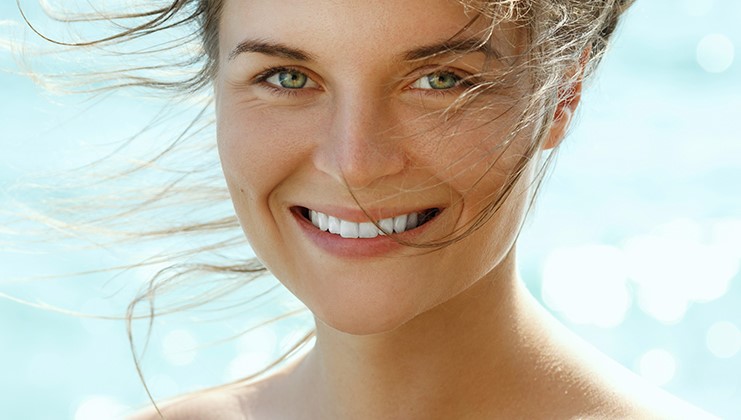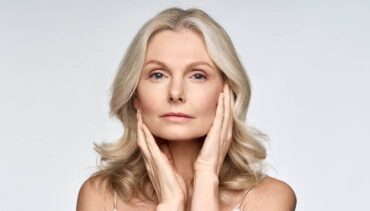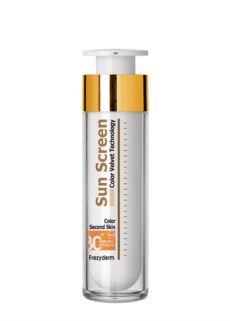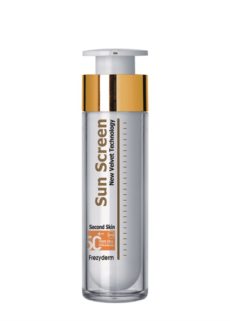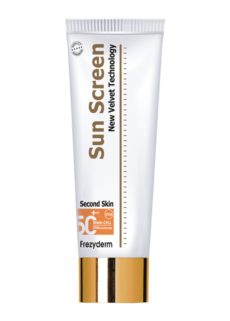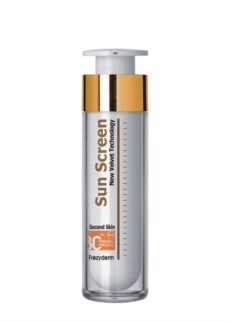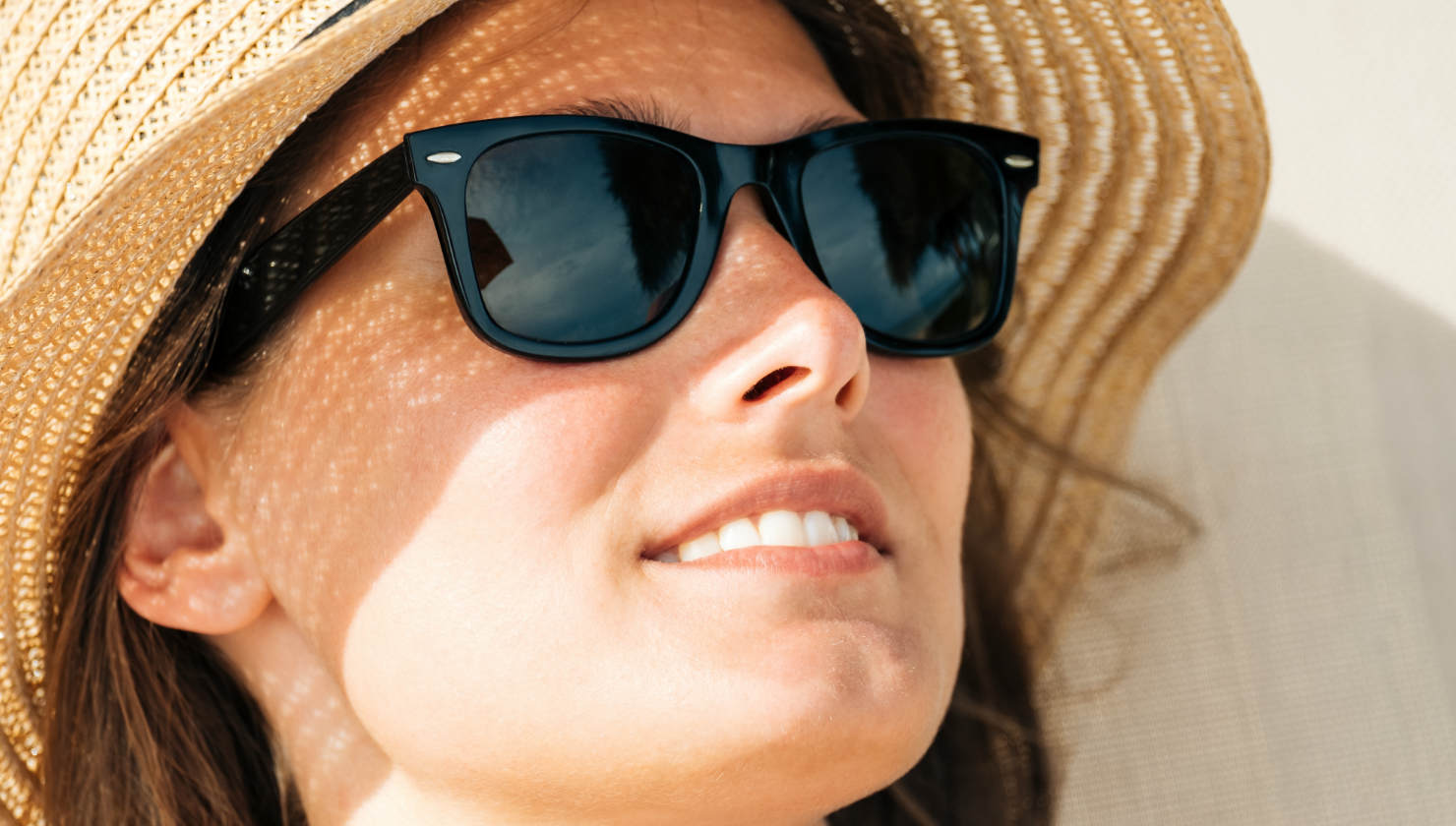
How much broad spectrum is your sunscreen?
It was easy to remember. Before you bought your new sunscreen you carefully checked the label, clearly stating its UVA & UVB factor. You felt certain that your sunscreen was a sound choice. It will keep you thoroughly protected.
But will it?
You know how the ultraviolet (UV) rays from the sun cause the skin to damage: UVA is responsible for the fine lines, dark spots, premature wrinkles and skin elasticity loss as the main signs of photoaging, while UVB is what will cause you a sunburn or even worst, cancer.
Studies have shown a remarkable discovery; that wavelengths beyond the UV spectrum can damage human skin too. These include infrared and visible ultraviolet rays.
So, apart from UV factors, perhaps check the following next time you’re buying your sunscreen.
IR – infrared
So, what are these infrared rays you wonder.
Your sunscreen should also protect you from infrared-A (aka IRA) rays as well, as they also hit your skin, daily.
These are responsible for the warmth you feel on your skin when you’re out in the sun. The heat produced by infrared rays can also lead to inflammation in the skin, which over time plays a role in premature signs of aging.
The IR rays pass through the epidermis and dermis into the subcutaneous layer, generating free radicals that lead to collagen breakdown which further accelerates aging. What you’re left with, are fine lines and wrinkles no matter how much sunscreen you’re putting on.
These can be found in less-obvious places such as electronic devices (i.e. your computer, toaster etc.).
VIS (visible ultraviolet), aka the blue light
Wait! There’s more! It could be your smartphone that’s making you older. We’ve already elaborated on the concept of text wrinkles, and how these can be caused by leaning forward as we text.
But did it ever occur to you that just by watching Netflix can cause some nasty premature wrinkles?
There is a certain type of visible ultraviolet light, called HEV (high energy visible light), also known as “blue light” that has attracted some serious attention in the skincare field.
Blue light won’t cause any sunburns or skin cancer; its damage includes collagen breakdown, wrinkling, hyperpigmentation, pretty much all the signs of photoaging.
A sneakier way blue light may affect our premature aging is its sleep-disrupting qualities.
Working on your laptop late at night or scrolling your smartphone before bedtime, may disrupt your sleep-wake cycle lowering your sleep quality. Lack of sleep results in hormone fluctuations which can also accelerate aging.



